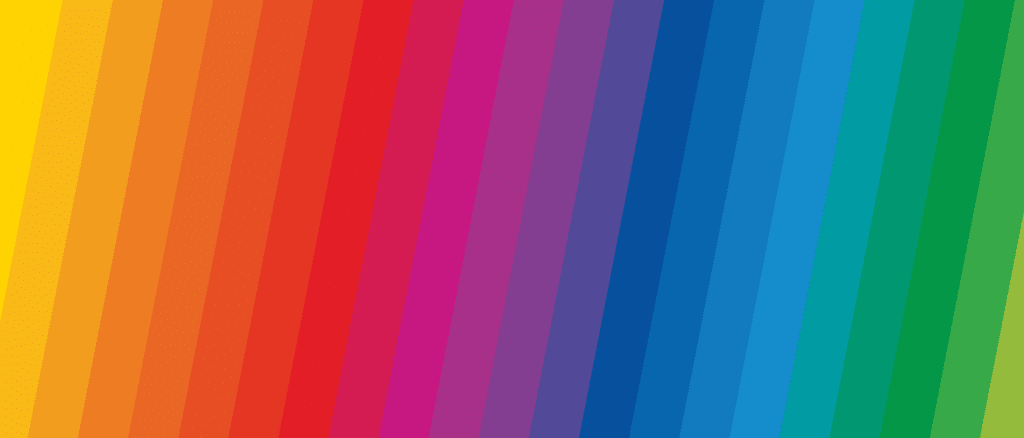Even if you don’t notice it, the first thing your eyes tend to see in a logo or on a company’s branding is the color. We don’t even stop to register how each color, shade, and hue makes us feel toward the brand or how it affects our moods, but it actually plays a large role in our feelings toward a brand. Kate, C Squared Brand Designer, says, “Color can allow a brand to stand out from its competition or force it to recede into the background when it uses uninspired and overused color palettes. Don’t be afraid to be bold, but also be sure to research possible colors and the emotional or cultural associations.” So what colors should you choose for your company? By implementing color theory, you can create a stronger brand identity, evoke a desired emotion, and drive customer engagement. Let’s dive in.

The Psychology of Color Beyond Aesthetics
Color isn’t just about aesthetics, it’s about psychology. Colors evoke distinct emotions and associations that are deeply ingrained in our subconscious and can influence our decisions and preferences without us even realizing it. Defining your intended audience and choosing the colors that attract them to your business is a key component to keep in mind during your marketing strategy.
Colors and Their Associations
Red – Bold, Energetic, Courageous
Red is often known for evoking strong emotions like love, energy, and excitement. It’s a color that demands a sense of urgency and draws attention, making it a great option for call-to-action buttons. On the other hand, it is also used to induce an appetite, which is why you often see it used in fast-food chains such as McDonald’s and Burger King.
Orange – Friendly, Cheerful, Fun
Orange does a great job of conveying enthusiasm, creativity, and excitement. As a combination of red and yellow, it takes on both characteristics and portrays efficiency, affordable pricing, and dependency. It’s a great choice when using positive messaging to communicate your point.
Yellow – Bright, Happy, Warm
The color yellow is often known for its ability to portray happiness, energy, and intellect. Yellow can produce a warming effect, grab attention, and create a sense of positivity. It’s often used in signage and promotions because it’s often the first color to be noticed.
Green – Balance, Harmony, Growth
Green symbolizes nature, health, and peacefulness. Often associated with nature, relaxation, and eco-friendliness, green is often used for health products, environmentally conscious companies, and even financial businesses to depict wealth. It’s known as one of the most calming shades and often aims to convey a sense of tranquility.
Blue – Trust, Reliability, Stability
Blue creates a feeling of trustworthiness, dependability, and strength. It also encourages a productive environment and calmness. Blue is popular in offices, as well as technology and finance sectors such as HP, Facebook, and WordPress.
These are just the basics. You can go much further into the associations of each color and their best uses to find the color palette that suits your brand and evokes the right emotions and actions from your customers. The key is finding that perfect balance and keeping your colors consistent across platforms by creating your color palette.
Mike, C Squared’s Brand Graphic Designer, says, “The world we see is full of colors that give it life and a deeper meaning. These colors serve a purpose going well beyond aesthetics as proven by color theory.” Colors influence thoughts, emotions, feelings, and more. Understanding their meanings and creating a color palette for your company is a vital piece of the business puzzle.


